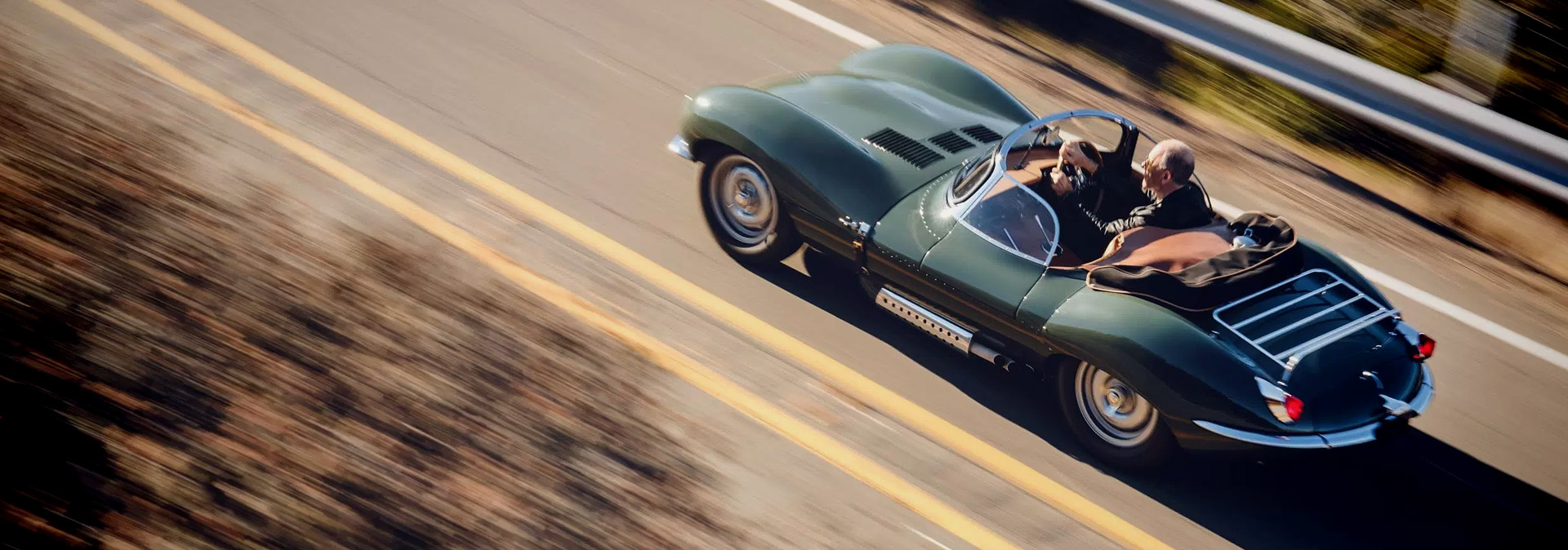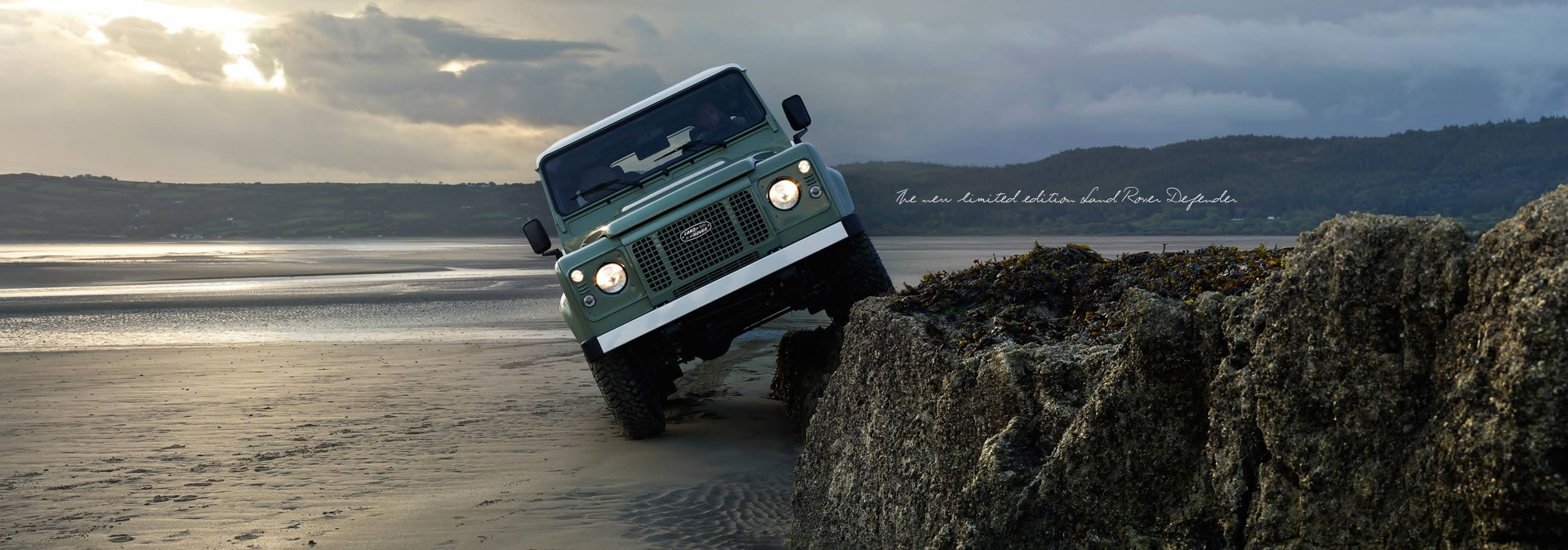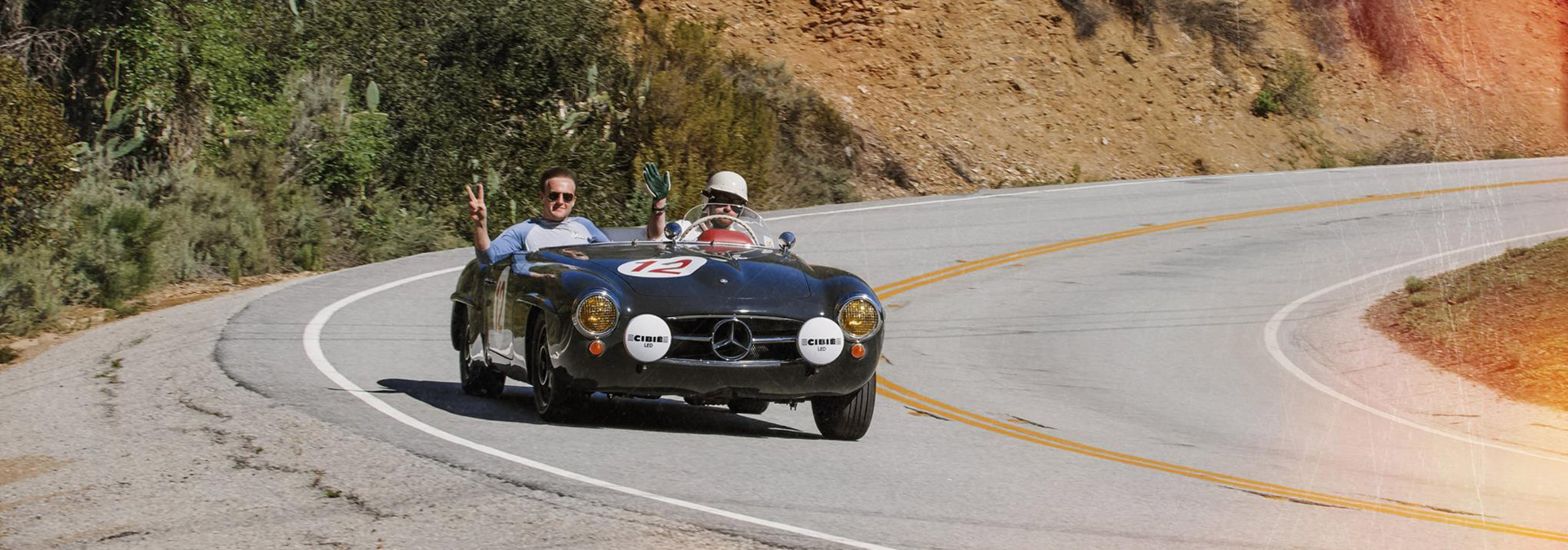Hand-built recreations of classic cars offer the charm and character of the originals combined with the comfort, reliability and performance of modern supercars – and demand is accelerating fast.
We’ve featured Singer and their lovely Porsches here on The Journal a couple of times, but if you need a reminder, Singer performs exceptional work in restoring, tuning, customizing, and modifying customers’ older Porsche 964 donor cars. Hand-woven dashboards. Wide hips and wider tires. Explosive exhaust notes. Rebuilt flat-six engines with power to rival modern supercars. Painted any colour you want. 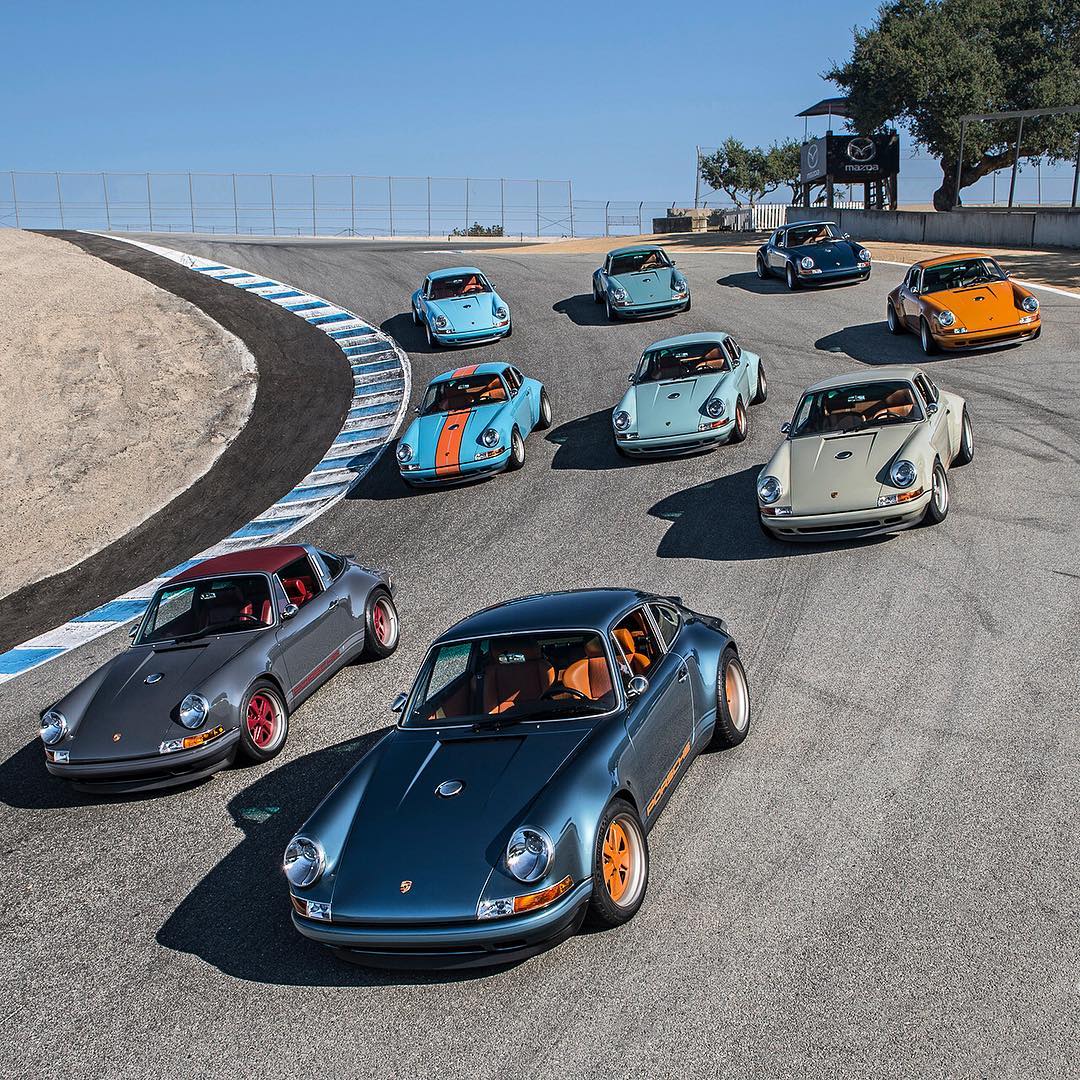
Needless to say, endless (and much deserved) hype follows Singer, with the company’s gorgeously detailed interiors and painstaking engine work and ability to seemingly transform the 911 into something more, something better than it ever was.
But they’re not alone in enjoying the hype. In fact, the growing popularity of such cars has prompted Jaguar Land Rover to set up a whole new department called JLR Classic, which is dedicated to the “new old” and got off the ground in 2015 with an initial offering of six Jaguar Special GT E-Type lightweight racing cars.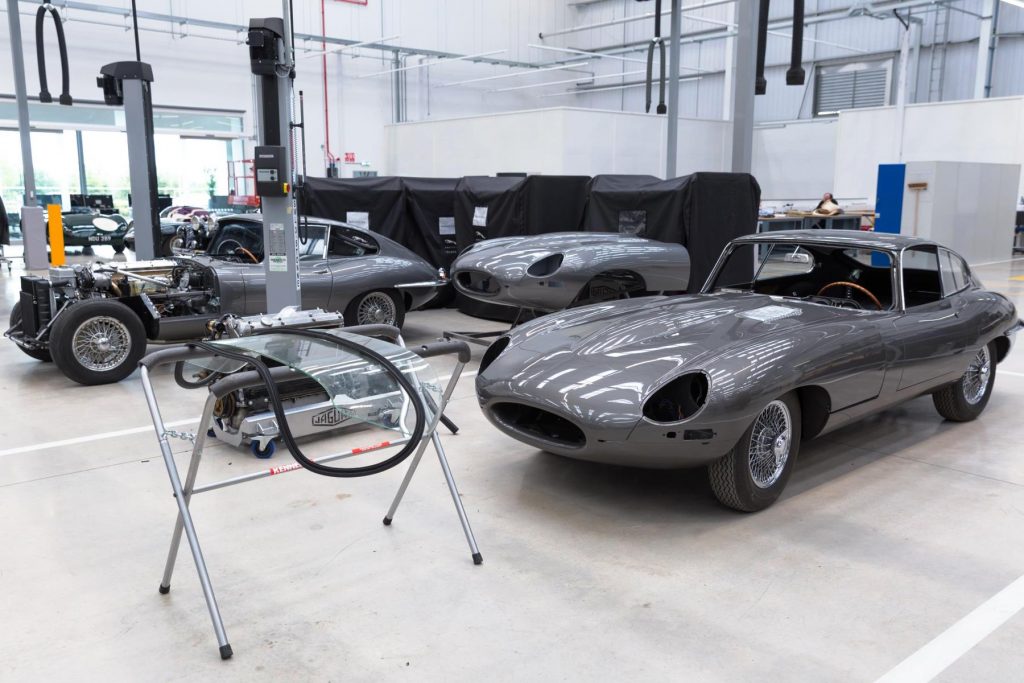 The six were intended to complete a batch of 18 E-Types that were scheduled to have been made during the early 1960s. Production stopped after only a dozen had been made, but the missing chassis numbers were used to create the so-called “continuation” cars using the original dimensions, specifications, tooling and build methods. Priced at £1m-plus, they sold out within days.
The six were intended to complete a batch of 18 E-Types that were scheduled to have been made during the early 1960s. Production stopped after only a dozen had been made, but the missing chassis numbers were used to create the so-called “continuation” cars using the original dimensions, specifications, tooling and build methods. Priced at £1m-plus, they sold out within days.
The success of the venture has led JLR to embark on another project, this time to complete the story of the even more desirable XKSS, a 1950s road car once beloved of Hollywood star Steve McQueen and based on a batch of leftover, obsolete D-Type racers. Just 16 were built before a factory fire destroyed five that were awaiting delivery, and damaged four more that were later disassembled so the surviving components could be reclaimed. Those chassis numbers will now be used to create nine brand-new XKSSs, again priced at more than £1m apiece – which represents a bargain compared with the £10m value of one of the original 16.
Those chassis numbers will now be used to create nine brand-new XKSSs, again priced at more than £1m apiece – which represents a bargain compared with the £10m value of one of the original 16.
JLR Classic has also started to offer effectively new examples of the Series I Land Rover from the early 1950s. Once a donor vehicle has been sourced, it is stripped to its bare bones before being rebuilt from the ground up with never-used stock parts from the JLR inventory, freshly made components or refurbished originals. An 86in wheelbase version costs from around £60,000; the rarer 80in models are £80,000-plus; and the even scarcer station wagons sell for more than £100,000.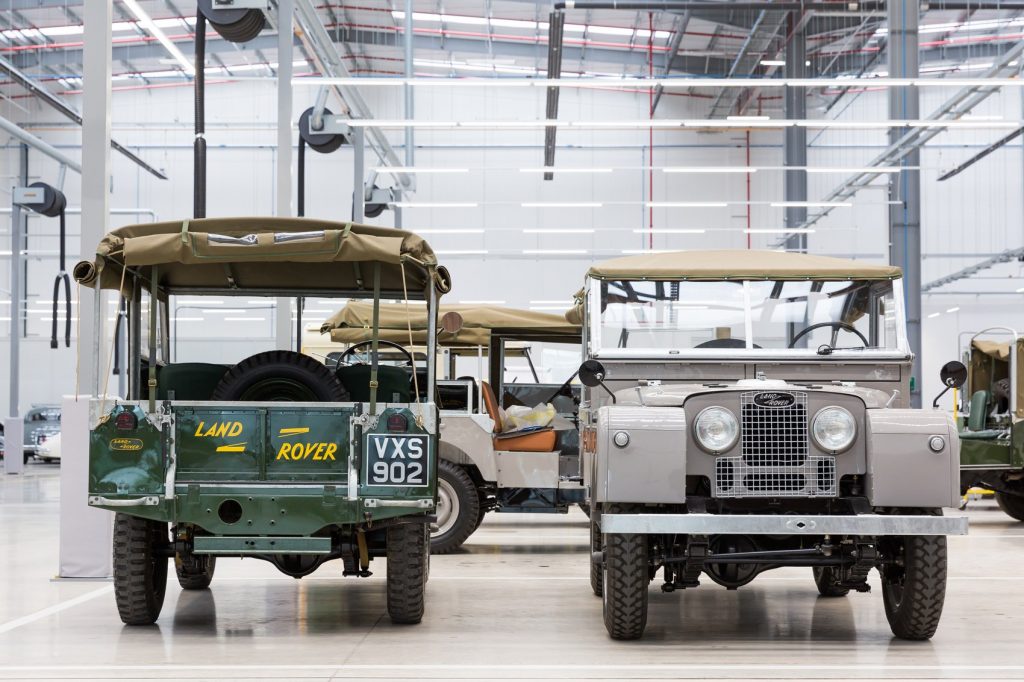 Though the market for such vehicles is undoubtedly stronger now than ever before, some classics have been available as new cars for quite a while – one of the most ubiquitous being the Shelby Cobra that first appeared in 1962 when Texan racing driver Carroll Shelby had the idea of dropping an American V8 engine into the British-built AC Ace sports car.
Though the market for such vehicles is undoubtedly stronger now than ever before, some classics have been available as new cars for quite a while – one of the most ubiquitous being the Shelby Cobra that first appeared in 1962 when Texan racing driver Carroll Shelby had the idea of dropping an American V8 engine into the British-built AC Ace sports car.
The Cobra has since been extensively copied: among the relatively few respected continuations are those from California-based Superformance, which is officially sanctioned by Carroll Shelby Licensing to produce glass-fibre-bodied Cobras that have a starting price of around $75,000, rising to $150,000 for replicas of the hard-top Daytona Coupe racing cars, and $220,000 for one of the 50 examples launched in 2015 to mark 50 years since the marque won the World Manufacturers’ GT Championship.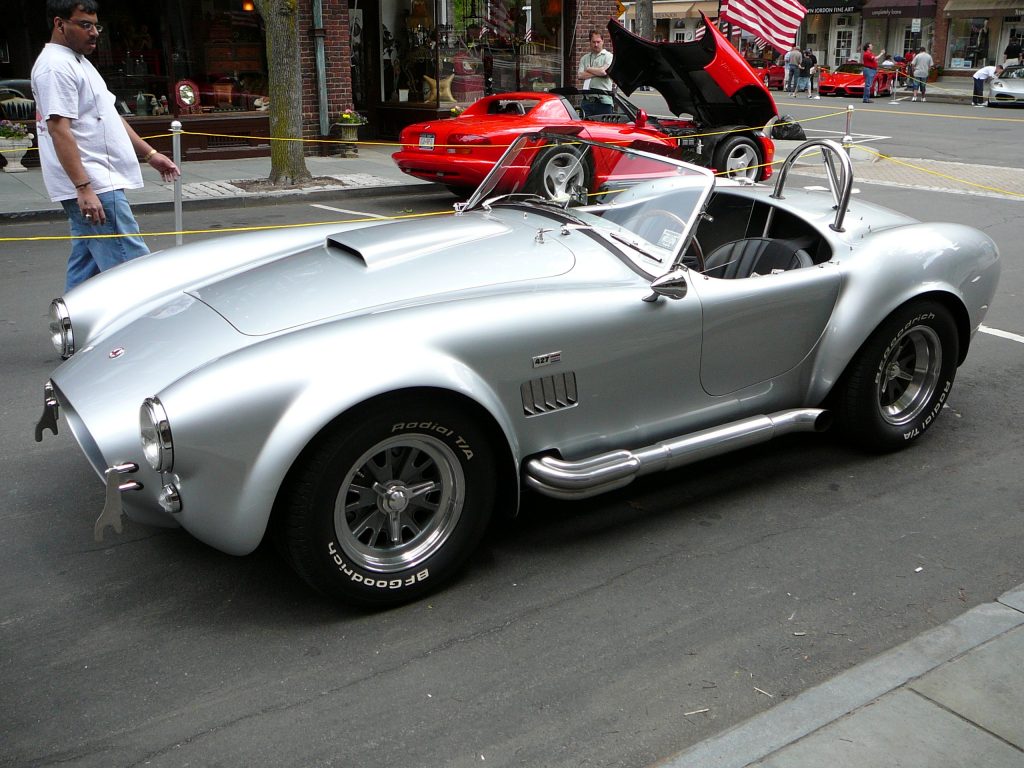 Fans of the movie Back to the Future, meanwhile, should be pleased to learn that Liverpudlian Stephen Wynne is well on the way to reviving production of the famous stainless-steel-bodied DeLorean DMC-12 at a factory in Humble, Texas.
Fans of the movie Back to the Future, meanwhile, should be pleased to learn that Liverpudlian Stephen Wynne is well on the way to reviving production of the famous stainless-steel-bodied DeLorean DMC-12 at a factory in Humble, Texas.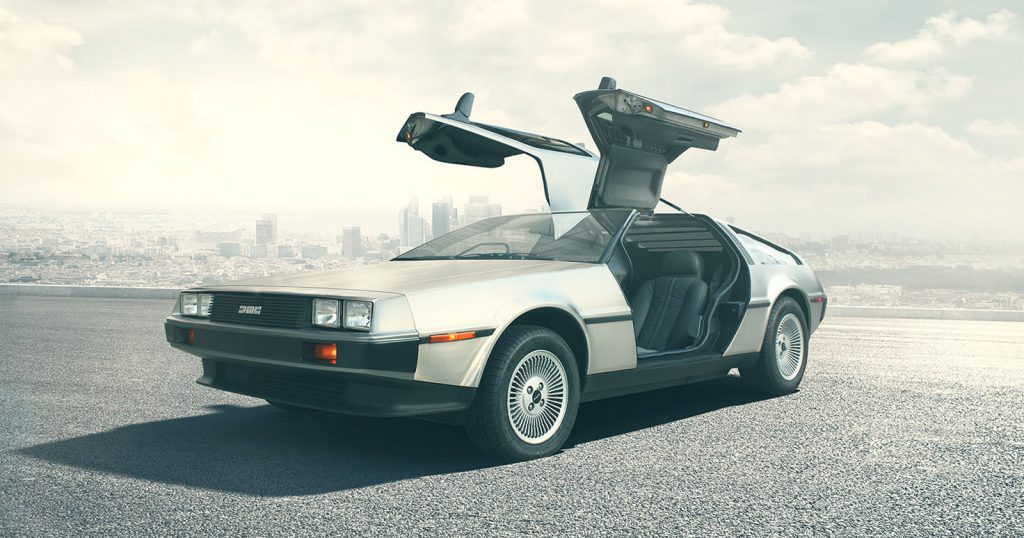 Having acquired the entire inventory of DeLorean parts more than a decade after the original Belfast-based firm went spectacularly bust in 1982, Wynne hopes to start delivering new cars in late 2017 thanks to a change to US law that allows manufacturers to produce 325 examples annually of a car originally made over 25 years ago, provided they comply with current emissions standards.
Having acquired the entire inventory of DeLorean parts more than a decade after the original Belfast-based firm went spectacularly bust in 1982, Wynne hopes to start delivering new cars in late 2017 thanks to a change to US law that allows manufacturers to produce 325 examples annually of a car originally made over 25 years ago, provided they comply with current emissions standards.
In the DeLorean’s case, that means out with the original, underpowered engine and in with a new one that is predicted to produce at least double the horsepower and give the new DMC-12 the performance to match its looks. Wynne’s DeLorean Motor Company expects to produce around 300 cars, each priced at about $100,000.
And if you simply want to drive a quintessentially British sports car that isn’t riddled with rust, goes like the wind and is unlikely to break down, your best bet is probably long-established Frontline Developments, which will make an as-new MGA, MGB, MGC, Midget or Austin-Healey Sprite that is nicer to drive, faster, more comfortable and more reliable than any fan of conventional classics could ever have imagined.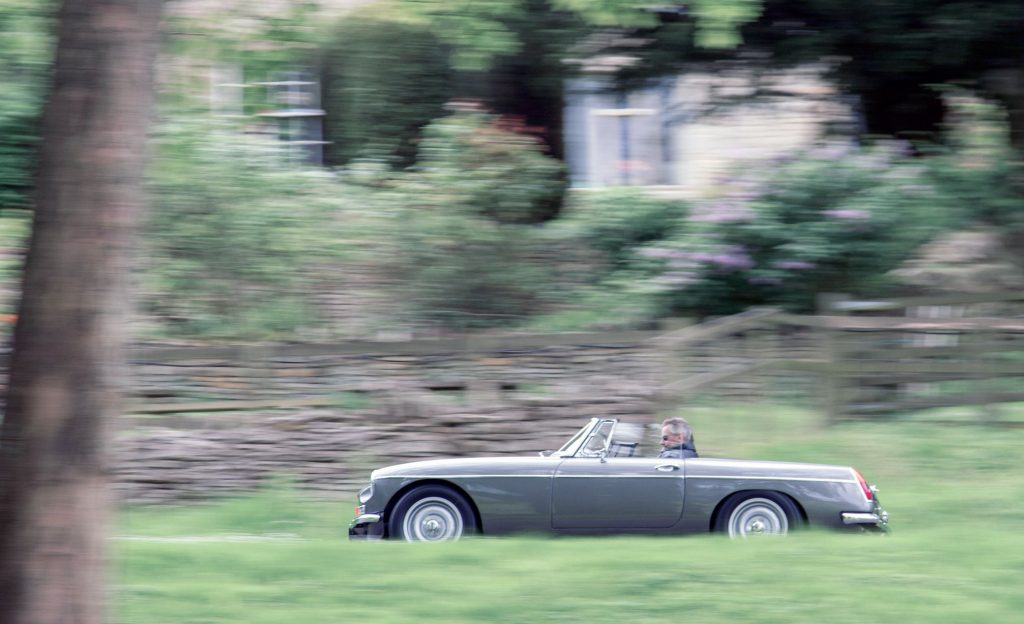 Frontline starts with a standard car, strips it down and then acid-dips the body to remove all the paint and expose any corrosion damage. It is then restored and refinished as required before being built back up again with a brand new Mazda engine and gearbox, bespoke interior trim, upgraded electrics and instruments, and the paint job of the buyer’s choice. The result looks and drives like a brand-new car while retaining all the charm and character of an old one – and it is more likely to rise in value than fall.
Frontline starts with a standard car, strips it down and then acid-dips the body to remove all the paint and expose any corrosion damage. It is then restored and refinished as required before being built back up again with a brand new Mazda engine and gearbox, bespoke interior trim, upgraded electrics and instruments, and the paint job of the buyer’s choice. The result looks and drives like a brand-new car while retaining all the charm and character of an old one – and it is more likely to rise in value than fall.
 SECURE PAYMENTS
SECURE PAYMENTS  FREE EXPRESS SHIPPING FOR
ALL ORDERS OVER €100
FREE EXPRESS SHIPPING FOR
ALL ORDERS OVER €100 FREE EXCHANGES & RETURNS
FREE EXCHANGES & RETURNS AVG. 3-5 BUSINESS DAYS DELIVERY
AVG. 3-5 BUSINESS DAYS DELIVERY
 NEXT
SHIPMENT TO
NEXT
SHIPMENT TO 

